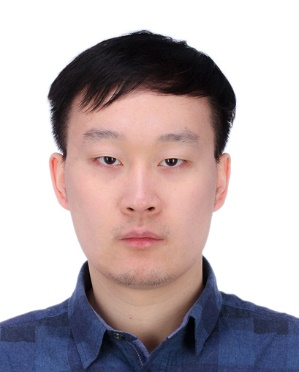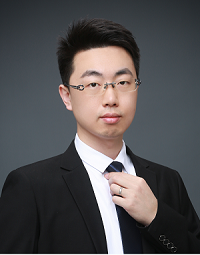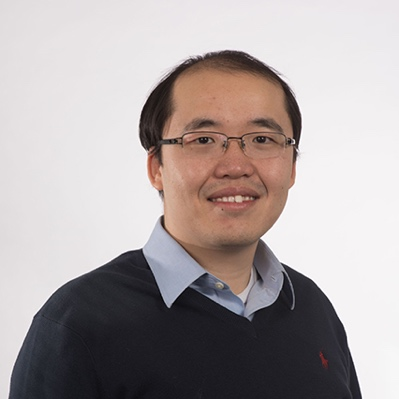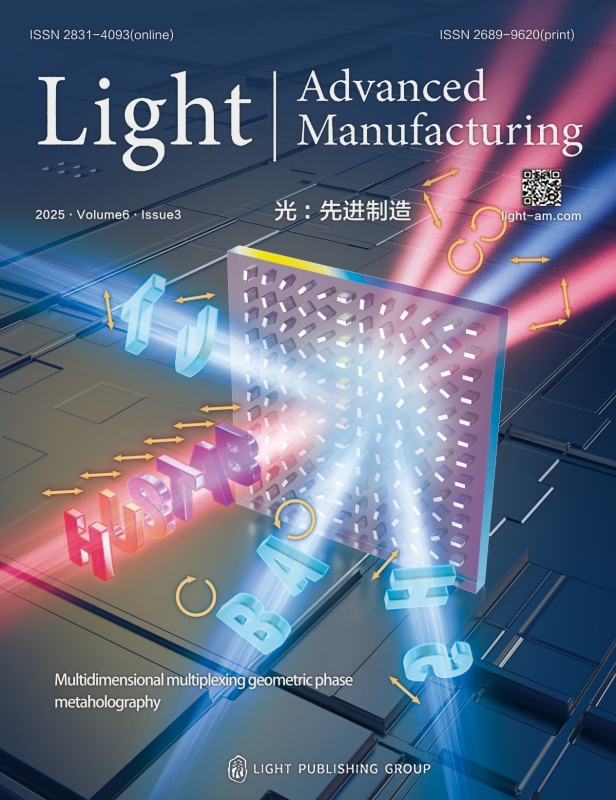Release Date: 24 Aug 2022
Please contribute your submission via https://www.light-am.com. Please mark that it is a contribution to Special Issue on Artificial Intelligence in Photonics and Manufacturing in the cover letter and “Manuscript Comment” field during submission.
Submission deadline: 1 March 2023
Artificial intelligence is developing dramatically in many fields including photonics and advanced manufacturing. Modern sensing, communication, network, automation and other latest technologies are converged in such applications facilitated by the artificial intelligence. Through the intelligent identification, human-computer/human-machine interaction technology, decision-making and execution technology, as well as cost-effective algorithms, people achieve the intelligence of the design, implementation and manufacturing processes in photonic-related systems. In the last 10 years, the theory of artificial intelligence has been vigorously developed and applied. Novel high-performance sensors have been developed rapidly. The traditional automatic control theory is moving towards the direction of intelligence and human-machine integration. The precision of mechanical design and manufacture is increasing. The effectiveness of novel functionalities is explored. These advances have made the theory of photonics related advanced manufacturing evolving and verified in practice, which has formed a huge impact in the fields of advanced instruments and equipment, smart factories, future optical networking and so on.
This special issue aims to discuss the cutting-edge advances in the field of artificial intelligence in photonics and advanced manufacturing, including the innovative research results and potential applications of artificial intelligence theories and methods, design and application of novel photonic devices/sensors, innovative automatic control technology, human-computer interaction and fusion, smart factories, and the advanced functionalities in photonic systems/networks. We hope to provide an overview as well as insightful perspectives of the field by collecting contributions from leading experts and major industry players to promote scientific breakthroughs and impactful applications in photonics and advanced manufacturing.
This issue is co-edited by
Prof. David Brady, University of Arizona, USA
Prof. Hui Qiao, Tsinghua University, China
Prof. Dapeng Tian, Changchun Institute of Optics, Fine Mechanics and Physics, Chinese Academy of Sciences, China
Prof. Lei Tian, Boston University, USA
Guest editors:

David Brady is the J. W. and H. M. Goodman Professor of Optical Sciences at the University of Arizona. Previously, he was the Fitzpatrick Professor of Photonics at Duke University and founding director of Duke’s Fitzpatrick Institute. Prior to joining Duke, he was on the ECE faculty at the University of Illinois. Brady is a Fellow of SPIE, Optica and IEEE and received the 2013 SPIE Denis Gabor Award for his work on compressive holography. Brady led the team that built the world’s first gigapixel camera and has made significant contributions to x-ray scatter tomography, computational millimeter wave imaging and coded mass spectroscopy. His Ph.D. and early career work pioneered adaptive optical neural networks. He is the author of the text “Optical Imaging and Spectroscopy.”

Hui Qiao is currently an Assistant Professor in the Department of Automation at Tsinghua University. From 2019 to 2021, he was a postdoctoral researcher in the Department of Automation at Tsinghua University. Dr. Qiao was selected into National Postdoctoral Program for Innovative Talents in 2019. His research interests include computational imaging, biomedical engineering, and artificial intelligence. He has published papers in the journals such as Cell, Light: Science & Applications, Patterns, IEEE TPAMI and so on.

Dapeng Tian is currently a Full Professor with the Key Laboratory of Airborne Optical Imaging and Measurement, Changchun Institute of Optics, Fine Mechanics and Physics, Chinese Academy of Sciences. He is Senior Member of IEEE, CIS, COS, CSOE. He is the author and co-author of more than 80 papers. He holds eighteen Chinese patents, and also won the awards of First Prize of National Science and Technology Progress of China and other high-level science and technology awards. His current research interests include motion control, high accuracy instruments and its manufactory.

Lei Tian is an Assistant Professor at Boston University. He received his Ph.D. (2013) and M.S. (2010) from MIT. He was a postdoctoral associate at University of California, Berkeley 2013-2016. Dr. Tian’s awards include NSF CAREER award, the 2021 Boston University College of Engineering Early Career Excellence in Research Award, the 2018 Boston University College of Engineering Dean’s Catalyst Award, the 2018 SPIE Fumio Okano Best 3D Paper Prize, the 2014 OSA Imaging Systems and Applications Best Paper Award, and the 2011 OSA Emil Wolf Outstanding Student Paper Prize.









 Email
Email RSS
RSS